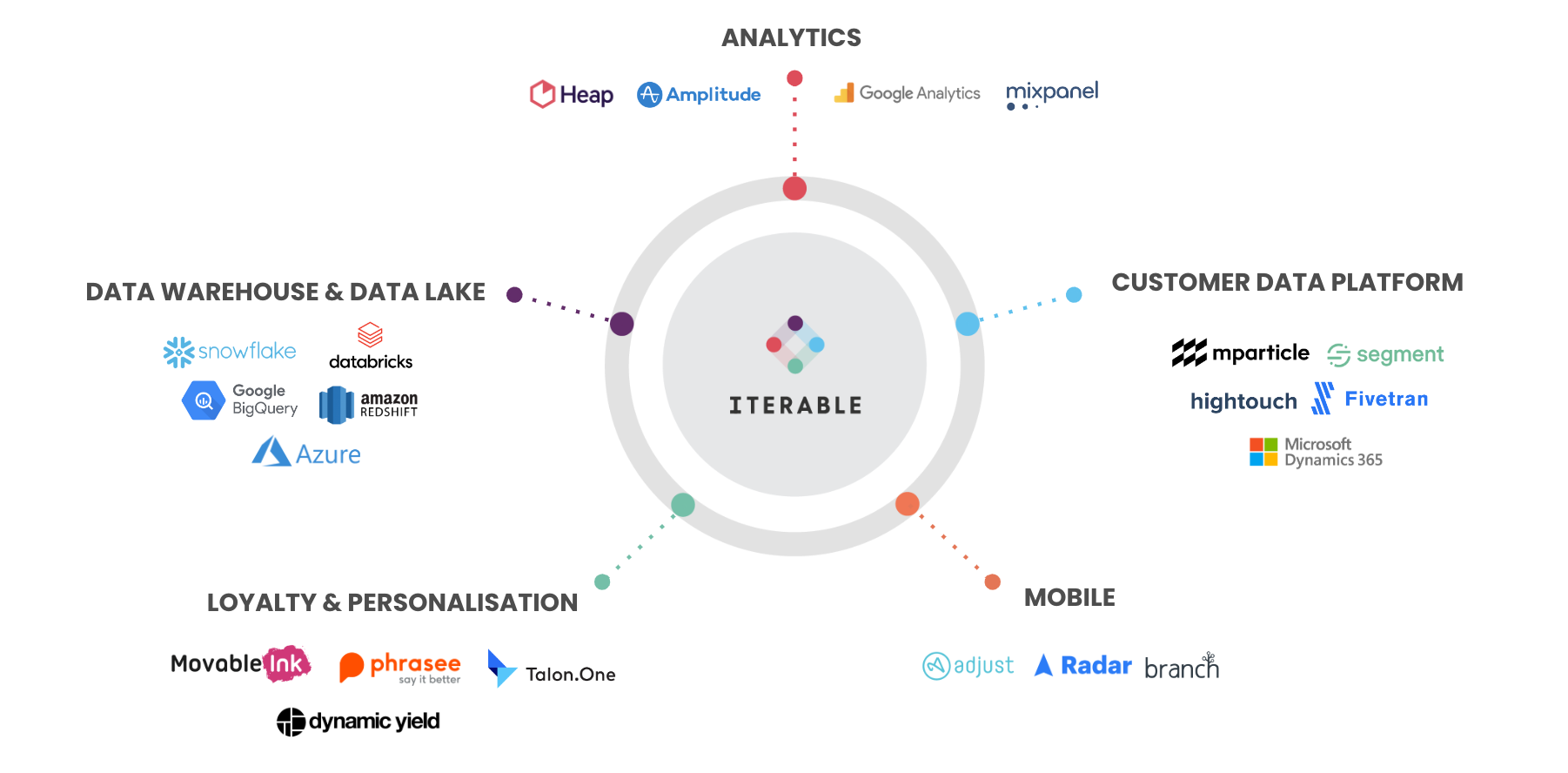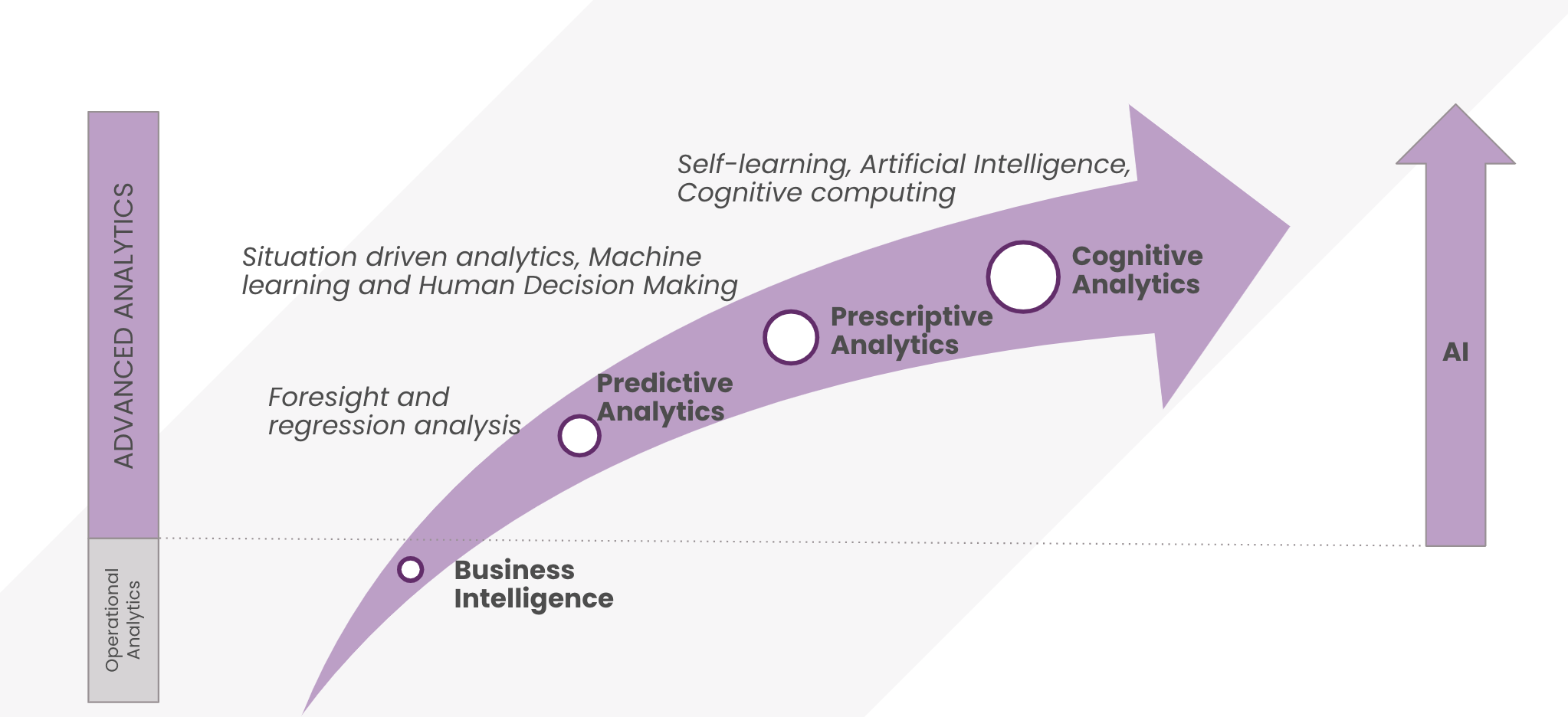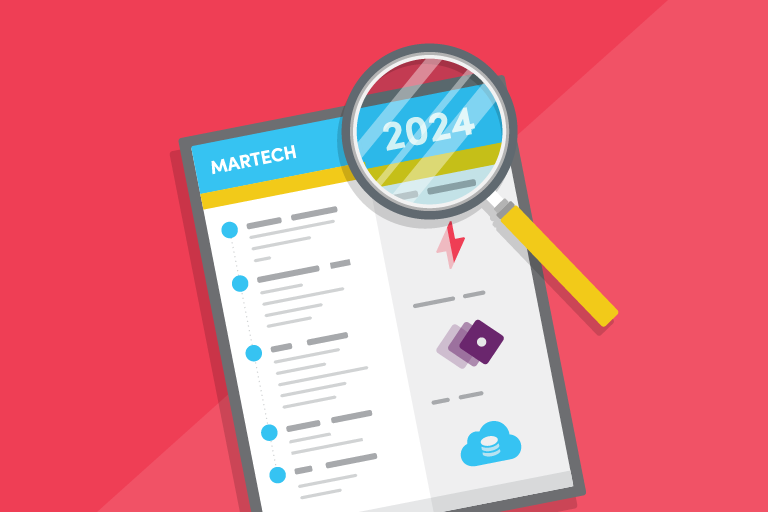With every new year comes the many articles on marketing trends and predictions—we’ve shared several of our own, in fact. What makes forecasting the most impactful is when it’s built on a foundation of concrete evidence.
The latest Martech for 2024 report is that evidence. Published by ChiefMartec and MartechTribe, and sponsored by our friends at mParticle, Snowplow, and other leading marketing technology platforms, this 89-page analysis covers the state of martech and what to expect in the year to come.
You can see the full report for yourself, but these are the three things that stuck out most to me.
3 Major Martech Trends to Expect in 2024
1. Tech Consolidation Will Come—Just Not in the Way You Think
Experts have inaccurately suggested for years that the martech landscape has reached critical mass: after all, the Martech for 2024 report states that the current number of total martech solutions is now at 13,080— “a net increase of 18.5% in just the past six months since our last release in May.
The industry thought the pandemic and subsequent economic turmoil would decimate that number, but then the AI boom came along. “Generative AI is responsible for 73% of the increase,” according to the report.
And while 7% of vendors have been removed from the landscape from May 2022 to May 2023 due to dissolution or acquisition, most new solutions encompass what the report calls the “long tail,” or the companies that trail the industry leaders in market cap.
When you look at the industry leaders like Iterable, however, that make over $100 million in annual revenue, the report declares, “We absolutely see consolidation effects.”
“Not only are these companies still growing in their revenue—often by impressive double-digit percentages—they’re growing in their presence in most companies’ tech stacks. We see the same small set of ‘head’ martech solutions appear in the majority of martech stacks.”
Only about 260 solutions generate 80% of the mentions in the industry, which is proof that most martech stacks have consolidated to the best in the business. This leads to our next trend: the rise of composable architectures.
To make sure your martech stack is future-proofed, download our guide to the four steps of successful digital transformation.
2. The Future of Martech is Composable
Historically, the paradox of choice led to marketers choosing the monolith legacy martech platforms, but now that one-size-fits-all approach doesn’t work. The report explains that the modern martech stack is composable:
“Automations, apps, workflows, customer experiences, AI agents, and other kinds of digital solutions can be created by combining data and services from multiple products and data sources to serve bespoke use cases.”
This has led to the democratization of technology, in which marketers are seeking no-code solutions that don’t require as many engineering resources. With robust integrations and an API-first approach, platforms don’t need to do everything well—they just need to excel at their specialties and partner with vendors to fill any feature gaps.
Composability also takes the pain out of the marketer’s decision-making process. With a stack that’s easily adaptable, you can access a multitude of world-class technologies without the stress of worrying whether you’ve selected the perfect solution.
Composable architectures are inherently headless—meaning there is no singular point of failure. Tools can be added or replaced without system disruption. Legacy systems weren’t designed to be plug-and-play like modern stacks, but now platforms can integrate seamlessly together in no time at all. Flexibility is the name of the game for the future of martech.


An example of an integrated martech stack.
Find out how Iterable’s partner ecosystem of technology and solutions providers can support you in unlocking growth, engaging your customers, and creating joyful experiences.
3. Cloud-Native MarTech Makes Data Aggregation Possible
In addition to martech solutions themselves being composable, the data they harness has also become aggregated, thanks to the increased popularity of cloud-native platforms, such as cloud data warehouses, customer data platforms (CDPs), and data lakes.
This aggregation allows marketers to tap into their wide swaths of unstructured data and derive previously unseen insights about their customers. Cloud-native solutions eliminate the siloed nature of legacy systems and facilitate data sharing between departments to deliver a consistent customer experience.
“The ability to tap data from across the organization—sales touchpoints, customer service touchpoints, digital product interactions, lifetime customer value models from finance, etc.—for marketing use cases is a huge advantage being unlocked by this new aggregated data layer.”
And with the expansion of AI-powered solutions comes an evolution from basic business intelligence to cognitive analytics, where marketers are leveraging self-learning systems to understand how to engage with their customers in a more meaningful way.


Harnessing Data Analytics to Transform Your Business.
Investing in cloud-native martech that activates this customer data instantaneously will be the key to achieving the best marketing performance.
Want to get the most out of your technology investments? Download our checklist to maximize the ROI of your martech.
Make the Most of Your Martech in 2024
There is so much we didn’t cover from the Martech for 2024 report, so we encourage you to grab a copy for yourself. But all signs point to a year of technology democratization, composable architectures, and data aggregation.
And the ultimate goal of these trends is to make a better, more comprehensive customer experience available to marketers everywhere.
Want to know how Iterable can fit into your modern martech stack? Kick your new year off right and schedule a custom demo of Iterable today.


































